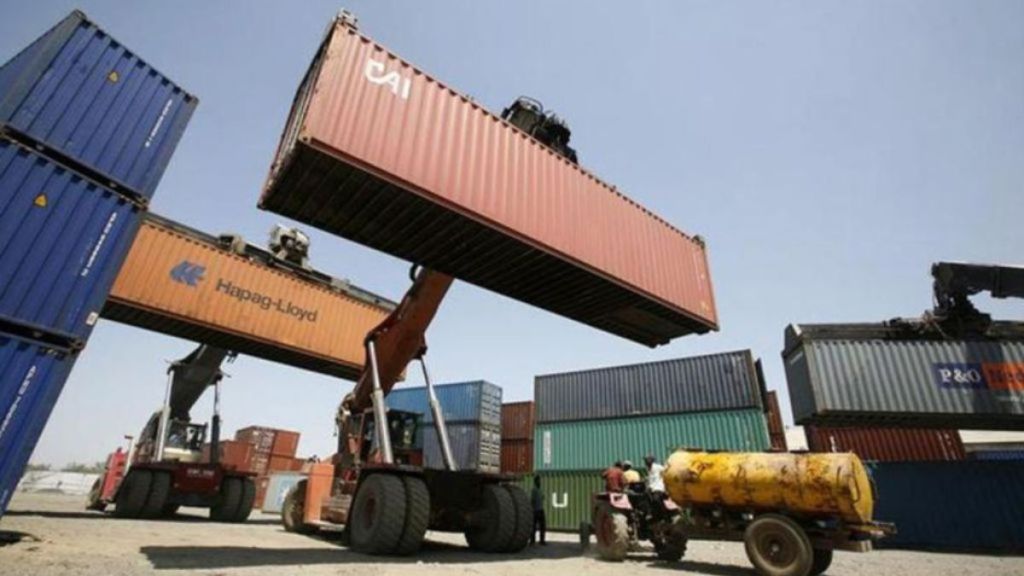The deliberations about reciprocal tariff is gaining momentum. Even as US President Donald Trump announced reciprocal tariff from April 2 and criticised India’s high tariff, the exact extent of the implications need to be assessed. In a report by ICICI Securities, analysts have compared the difference between the tariff levied by US on India and what India levies on the US.According to them, “If tariffs are increased more on other countries than India, it would actually benefit the country in gaining share in US market.”
How India could benefit from reciprocal tariff?
One of the most important impacts of the higher tariffs will be the impact on local consumers in the US. They will see the “largest impact given US imports of goods worth $3.3 trillion (11.2% of GDP),” stated the report by ICICI Securities.
Then comes the reciprocity of tariff. In fact, the reciprocal tariff is a key change in strategy under President Trump’s second term. This is imposed on countries that have higher tariffs on US goods than what the US imposes on imports. In case of India, the weighted tariff differential is 6.5% with a much higher differential in case of food products, footwear, garments, vehicles and consumer goods. Essentially this means while the tariff imposed by the US on India is 3% while India imposes 9.5%. As per calculations by ICICI Securitie, even a 5% tariff “would have a $6-7 billion impact, all else being equal.”
How does India’s tariff on US compare Vs global peers
A comparison globally indicates that, South Korea imposes the highest tax of 14.4 % on US goods while in reciprocity, US imposes as low as 1.8 %. Similarly, when we look at other Asian countries, the tax imposed by China is 7.1% on US goods while the US imposes only 2.9%. Japan imposes 4.8% while the US imposes around 1.7%. At the same time, Brazil which is part of South America imposes 4.7% and the US imposes almost half which is 2.3%. However, there is not much difference between the reciprocal tax figures imposed by Canada and the US. Canada imposes 3.1% and the US imposes 2 %. The report by ICICI Securities, there added that, “If tariffs are increased more in other countries than India, it would actually benefit the country in gaining share in the US market.”

How is India placed in the global trade war?
In this context, it is important to compare India’s position in the global trade war. The fact that India is a domestic consumption led economy essentially means that its share of global trade is fairly miniscule.Growth is driven by domestic growth which is mostly financed by domestic savings. “Besides this, formalization (higher tax to GDP), infrastructure spending by government, urbanization, real estate upcycle, domestic capital markets, digitization and consumer internet along with resilient services exports are the factors in favour of India,” added the report by ICICI Securities.
According to the report, “a clear visible trend over the last few years is the drop in growth sensitivity of India’s GDP to world GDP and growth in India’s exports to world exports.This is driven by the fact that India’s growth is more domestic led and financed by domestic savings.”
Formalization (higher tax to GDP), infrastructure spending by government, urbanization, real estate upcycle, domestic capital markets, digitization and consumer internet along with resilient services exports are also some of the factors in favour of India, according to them.
How would manufacturing help India?
According to ICICI Securities, what can further help India’s cause is “excess savings to invest in domestic manufacturing and infrastructure because of exports.” Industrial policy, which includes incentives for setting up capacity in the country, is helpful along with factor reforms being pursued such as similar labor laws across states. “The Centre is also incentivizing setting up of large semi-conductor manufacturing capacity, which would help in increasing the share of manufacturing in GDP, as is the case for Singapore and Taiwan where as much as 8% and 15% of GDP respectively is contributed by semi-conductor industry alone,” they stated.

This along with the depreciation in the rupee may also help exports from India, according to ICICI Securities, further extending the advantage.


